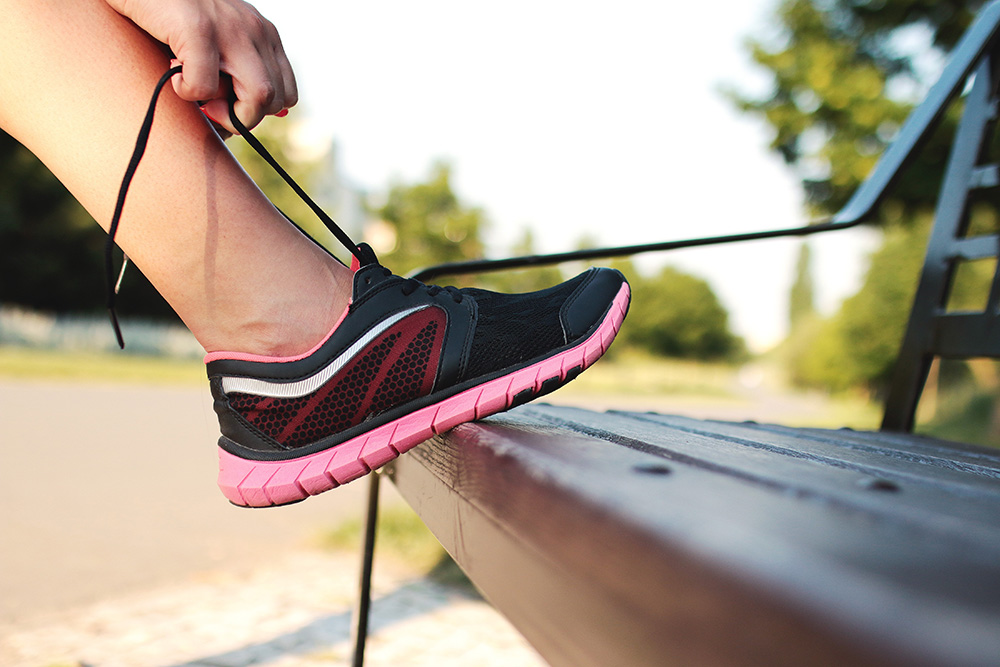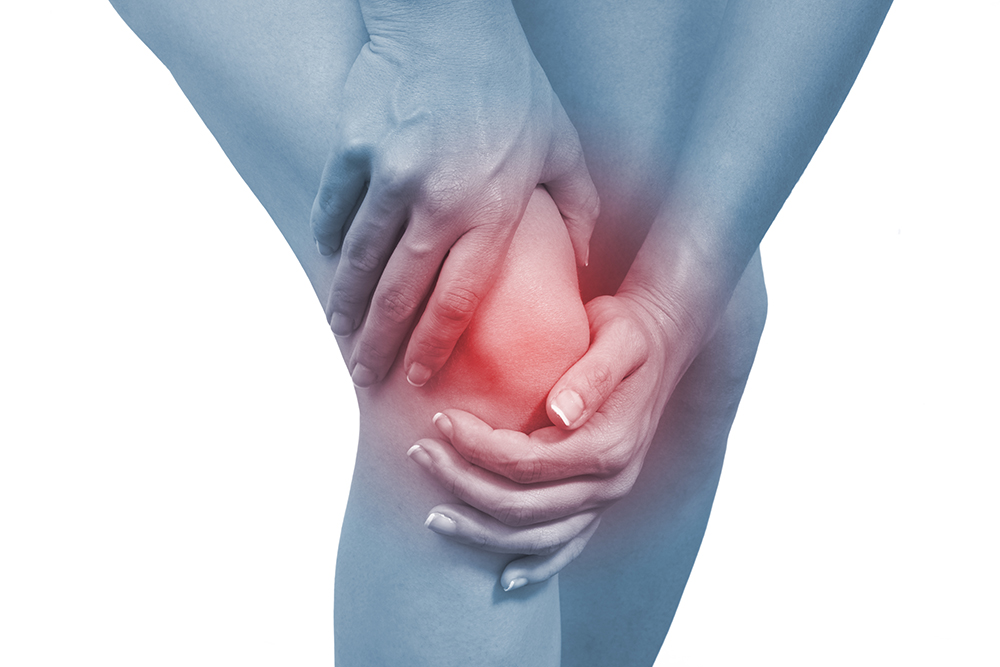 If you feel like you’re the only one getting knee pain from your running, you’re not alone. Whether you run professionally or recreationally, up to 70% of runners will sustain an injury from overusing their bones, joints, muscles or ligaments in any 12-month period. 42% of these injuries will be to your knee, according to research by Sports Medicine Australia.
If you feel like you’re the only one getting knee pain from your running, you’re not alone. Whether you run professionally or recreationally, up to 70% of runners will sustain an injury from overusing their bones, joints, muscles or ligaments in any 12-month period. 42% of these injuries will be to your knee, according to research by Sports Medicine Australia.
Of all of the running injuries, Runner’s Knee is by far one of the most common that our podiatrists see and treat. So today, we’re filling you in on the what, the how and the why of Runner’s Knee, and giving you some practical tips to help you stay healthy and pain-free while you run.
Runner’s Knee – What Is It?
Otherwise known as Patellofemoral Pain Syndrome, Runner’s Knee is one of the most common causes of knee pain, affecting up to 23% of adults annually. It develops when the kneecap moves irregularly and repetitively rubs over the ends of the thigh bone (femur) as the knee bends and straightens – a movement that is integral in running. The rubbing damages the bone ends, including the articular cartilage which helps to protect our bones in a joint, and so pain begins.
What Causes The Kneecap To Move Out Of Place?
In our experience, runner’s knee is often caused by:
- Muscle imbalances that pull on the kneecap
- Poor alignment or function of the feet or legs
- Overdoing your training by suddenly increasing the intensity or duration of exercise that involves bending the knee (jumping, squatting, running and the like)
Runner’s knee injuries is more commonly sustained in basketball, skiing, netball and volleyball and running sports.
How Do I Know If I Have Runner’s Knee?
You may suspect runner’s knee if you feel pain behind your kneecap and around the knee, which may start during running sports and then continue to linger as a dull ache afterwards. The amount of pain you experience is correlated with the severity of your injury, so it may start as a niggle and continue to worsen if you don’t treat it.
To confirm a diagnosis of runner’s knee, you must see your podiatrist. They’ll not only diagnose your problem, differentiating it from other causes of knee pain, but will also be able to uncover and treat the cause. In most cases, the earlier you start treatment, the easier your recovery will be as you won’t have continued to run on the knee and let the injury worsen.
How Is Runner’s Knee Treated?
 Your treatment will be specific to you, the severity of your injury, your symptoms and your goals. Before you get to the clinic, you can ice your knee to help the pain, elevate your leg and stop any activity that’s causing you knee pain.
Your treatment will be specific to you, the severity of your injury, your symptoms and your goals. Before you get to the clinic, you can ice your knee to help the pain, elevate your leg and stop any activity that’s causing you knee pain.
Once you’ve been assessed by your podiatrist, you may need orthotics, gait retraining, strengthening or stretching tight muscles, footwear adjustments or other manual therapies. In some cases, it may be necessary to involve other members of the health care team such as a physiotherapist, too. Your podiatrist will discuss your plan and the purpose of every component, making sure that it’s in the best interest of your recovery and is suitable for your life and daily activities.
Ready to book your appointment? Click here to book online or call us on 1800 FOOTDR




